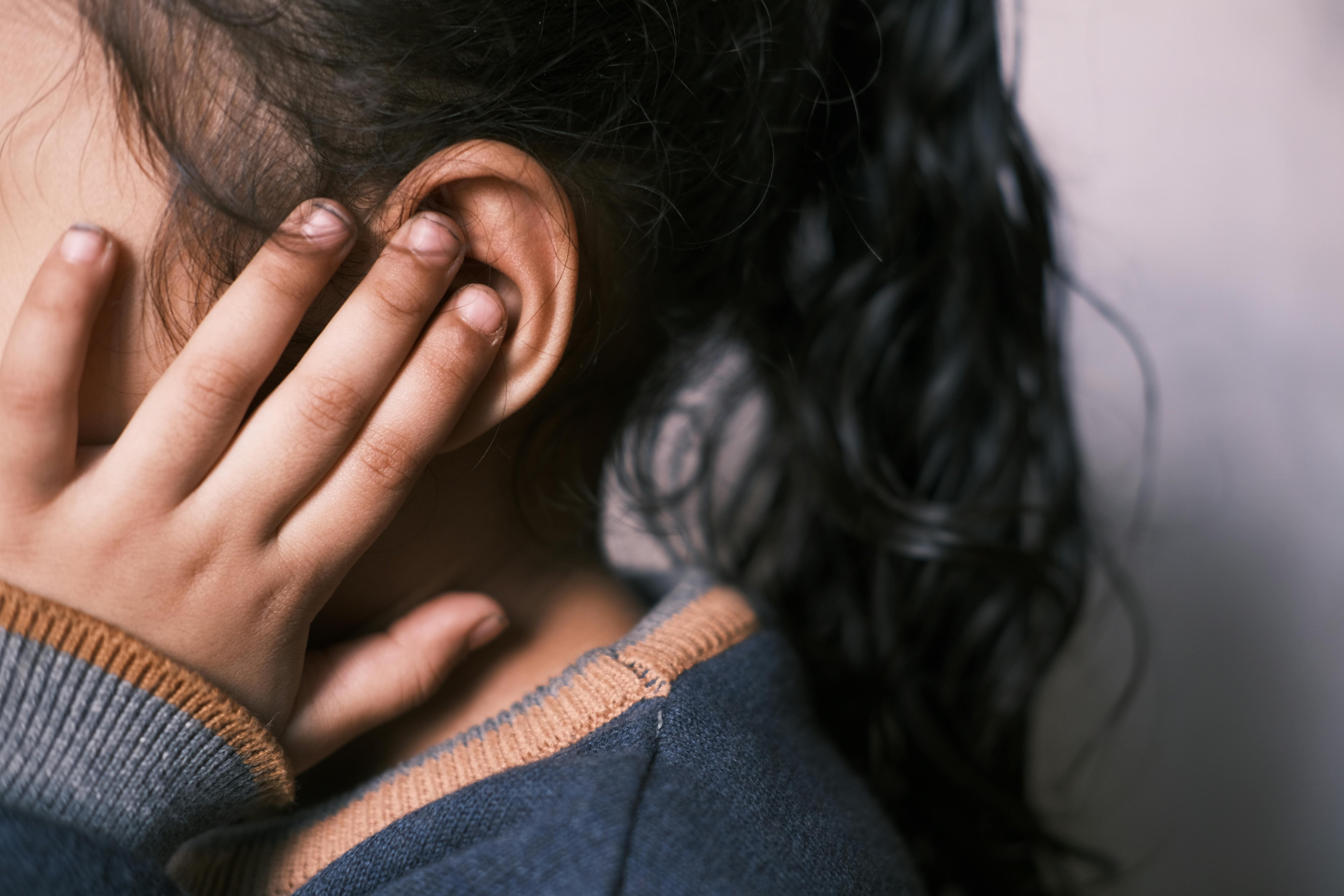Earwax is one of the body’s most overlooked natural defences. While it may not be glamorous, it plays a vital role in keeping your ears healthy. But did you know that the colour, consistency, and smell of your earwax can tell you a lot about your ear health?
In this guide, we’ll explore the various types of earwax and what they indicate about your overall well-being. By the end, you’ll know what’s normal and when it’s time to take action, like using the Eddy Ear Irrigator for a safe, thorough clean.
What Is Earwax and Why Do We Need It?
Earwax, or cerumen, is a sticky substance produced by glands in the ear canal. Its primary purpose is to protect the ear by:
-
Trapping Dirt and Debris: Preventing harmful particles from reaching the eardrum.
-
Moisturising the Ear Canal: Keeping the skin in your ear from becoming dry or irritated.
-
Fighting Off Infections: The wax has antibacterial properties to keep your ears healthy.
Although essential, too much earwax can cause discomfort, muffled hearing, and even infections. That’s where tools like Eddy come in handy.
Decoding the Colour of Earwax
The colour of your earwax can reveal much about your ear health. Here’s what different shades might mean:
|
Colour |
What It Indicates |
|
Light Yellow |
Typical in children; soft and easy to clean. |
|
Golden Brown |
Normal for adults; healthy and well-balanced. |
|
Dark Brown |
Often seen in older adults or due to excessive buildup. |
|
Black |
Can occur after prolonged wax buildup; may indicate oxidation. |
|
Red or Streaked |
Could suggest injury or bleeding; consult a doctor. |
If you’re dealing with dark or excessive wax, consider the Eddy Ear Irrigator for effective and safe removal.
The Role of Consistency
The consistency of earwax can also provide clues about your ear health:
-
Soft and Moist
-
What it Means: Healthy and well-hydrated ear canals.
-
What to Do: Maintain regular cleaning with safe tools.
-
Sticky or Gooey
-
What it Means: Normal, but may collect more debris over time.
-
What to Do: Use an ear irrigator for a deeper clean every few weeks.
-
Dry and Flaky
-
What it Means: May indicate genetics or dehydration in the ear canal.
-
What to Do: Avoid over-cleaning, as it can exacerbate dryness.
-
Hardened or Impacted
-
What it Means: Excess wax buildup, possibly causing blockages.
-
What to Do: The Eddy Ear Irrigator can help remove hard wax safely.
Smell: A Warning Sign
Earwax is typically odourless, but a strong or unpleasant smell might indicate an issue:
-
Mild Odour: Normal, especially after prolonged periods between cleaning.
-
Foul Smell: Could indicate an infection or trapped debris.
-
Sweet or Unusual Odour: May be linked to specific medical conditions, like diabetes.
If you notice a persistent odour, it might be time to check out our guide on How Do You Know If You Have an Ear Infection?.
How to Safely Clean Earwax
Proper cleaning is key to maintaining ear health without causing harm. Avoid cotton swabs and opt for safe, effective tools like the Eddy Ear Irrigator.
Steps for Safe Cleaning:
-
Prepare Your Equipment: Fill Eddy’s reservoir with warm saline solution.
-
Position the Nozzle: Eddy’s 360° adjustable nozzle ensures precise cleaning.
-
Select the Pressure: Start with the lowest setting to dislodge wax.
-
Irrigate the Ear: Gently flush the ear canal, allowing water to rinse away debris.
When to Consult a Professional
While earwax colour, consistency, and smell often reflect normal changes, some signs should prompt professional advice:
-
Persistent Pain: Could indicate an infection or injury.
-
Hearing Loss: May suggest impacted wax or other issues.
-
Bleeding: A red flag for injury; seek medical attention immediately.
Quick Reference Table: Earwax Characteristics
|
Characteristic |
Normal |
Abnormal |
|
Colour |
Light Yellow, Brown |
Black, Red, or Green |
|
Consistency |
Soft, Moist |
Hardened, Dry Flakes |
|
Smell |
Odourless |
Foul or Sweet |
If you notice abnormal signs, address them promptly with safe tools like Eddy.
FAQs About Earwax
Is earwax harmful?
Earwax, or cerumen, is a natural substance that protects the ear canal by trapping dirt, bacteria, and other particles. However, excess earwax or cerumen impaction can lead to earwax blockage, temporary hearing loss, or even ear infections. If symptoms occur, seek proper earwax removal from a health care provider.
How often should I clean my ears?
Cleaning your ears too often can damage the sensitive skin of the ear canal. For most people, occasional cleaning using a few drops of mineral oil or hydrogen peroxide to soften wax is sufficient. Avoid cotton swabs, as they can push wax deeper and cause earwax blockage.
What makes Eddy different from other ear-cleaning tools?
The Eddy Ear Irrigator provides a safer and more efficient alternative to traditional tools like cotton swabs. It gently flushes earwax without damaging the outer ear or causing cerumen impaction. Its design focuses on effective earwax removal while reducing risks of hearing loss or ear infections.
Can children use ear irrigators?
Children can safely use ear irrigators like Eddy under adult supervision. Its gentle water pressure helps soften wax and remove earwax without damaging the ear canal. For stubborn earwax or symptoms like discomfort, hearing loss, or ear infection, consult a health care professional before continuing.
What should I do if my earwax smells bad?
Foul-smelling earwax could be a sign of wax blockage or an ear infection. Avoid using cotton swabs and instead try a few drops of baby oil or hydrogen peroxide to soften wax. If the odor persists or symptoms like pain or hearing loss occur, visit a health care provider.
Final Thoughts
Understanding the colour, consistency, and smell of earwax is essential for maintaining ear health. By recognising these signs, you can take proactive steps to address any concerns and keep your ears clean and comfortable.
With its expert-approved design, adjustable pressure settings, and gentle silicone tips, the Eddy Ear Irrigator is your go-to solution for safe and effective ear cleaning.
Don’t wait for discomfort to escalate—order Eddy today and experience professional-grade ear care at home!








Share:
Related Blogs
Understanding the Benefits of Cleaning Ears Regularly
Benefits of Ear Syringing: Can an Ear Irrigator Help Improve Your Overall Ear Health?